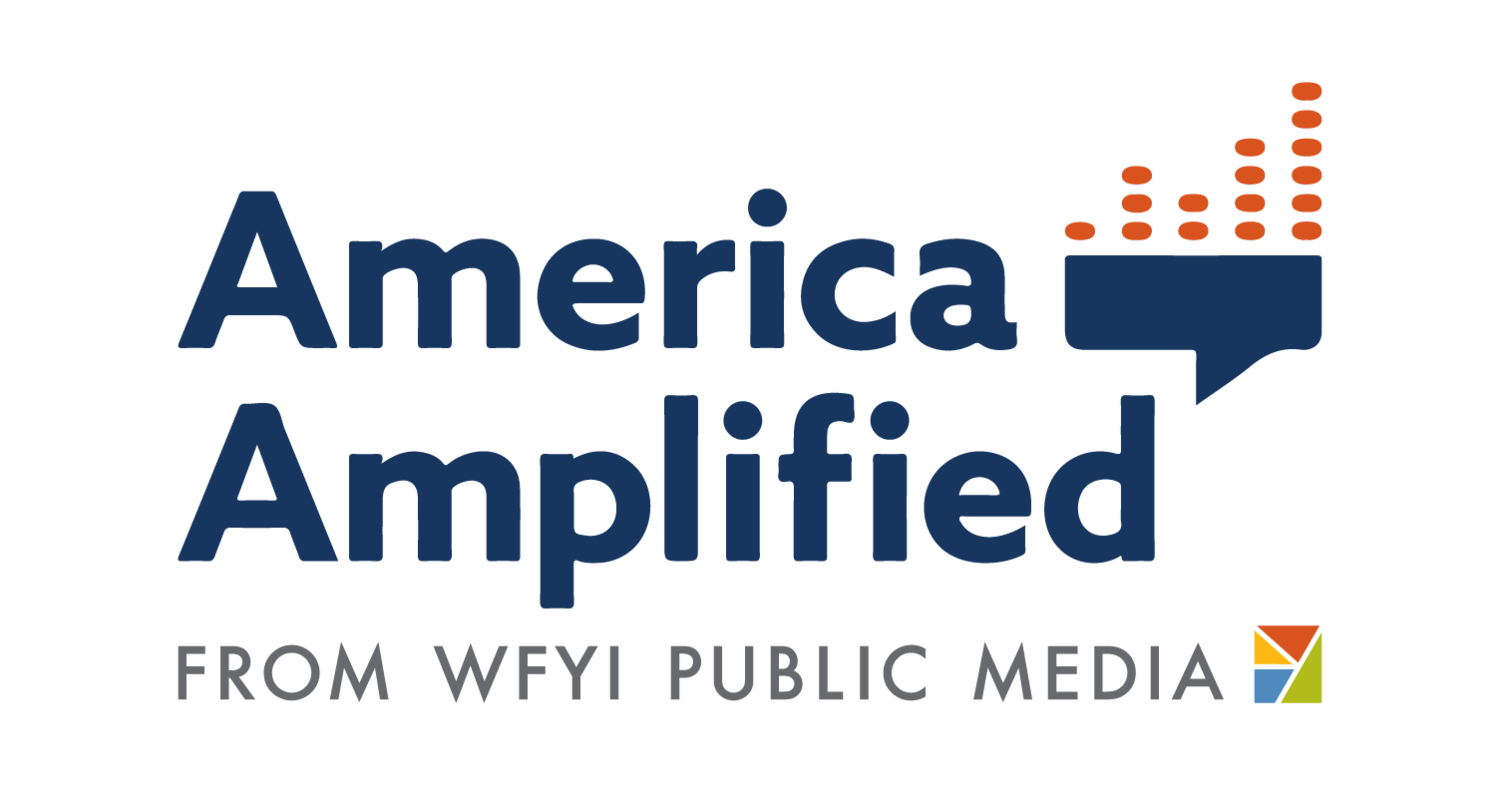Facing our ‘shameful truth’: KCUR's Celia Llopis-Jepsen on auditing her own stories for diversity
Celia Llopis-Jepsen is a reporter for the Kansas News Service, covering health issues from a consumer perspective, as well as state education policy. She previously worked at the Taipei Times and Topeka Capital-Journal, and brings in-depth experience covering schools. Here she shares how she holds herself accountable on source diversity.
Over the next few years, it will hopefully become standard for public radio stations to keep tabs on how diverse their sources are in features, newscasts and talk shows.
But if your station isn’t heading in that direction yet, you can do it on your own.
I found that a simple Excel spreadsheet with just a few columns for demographics does the trick. The “pivot table” tool lets me set up formulas that continually crunch the stats for me as I add sources.
I started this a few years ago and found myself faced with one shameful truth that I anticipated (my sources were much whiter than the state I cover), and a second fact that caught me off guard (my sources were by far mostly men).
This made me a believer that source auditing — both the value and simple tools to carry it out — should be taught at J-schools and implemented in newsrooms. Also, that our own identity doesn’t guarantee that we do a good job seeking voices from others of the same background. I’m a woman, but women were underrepresented in my work.
There’s no question that when my work better reflects Kansas, it better serves Kansas. Take the issue of nurse practitioners, for example. NPs are critical to expanding health care access. They’re more likely than doctors to serve communities of color in Kansas and elsewhere. Communities of color in Kansas are more likely to struggle with health care access. POC community members and nurse practitioners have helped me explain the stakes and impact of health care shortages.
Spending a couple minutes entering my sources at the end of each day forces me to see my failings on a regular basis.
Before the pandemic, it spurred me to spend more time walking the spaces I covered (schools, college campuses, a Statehouse full not just of lawmakers but also advocacy groups seeking to sway them).
Now I cover more places I’m not allowed to enter due to the pandemic, such as nursing homes. But as I rebuild my rolodex for a new beat, source tracking is a critical tool to identify my patterns and push me in the right direction.

